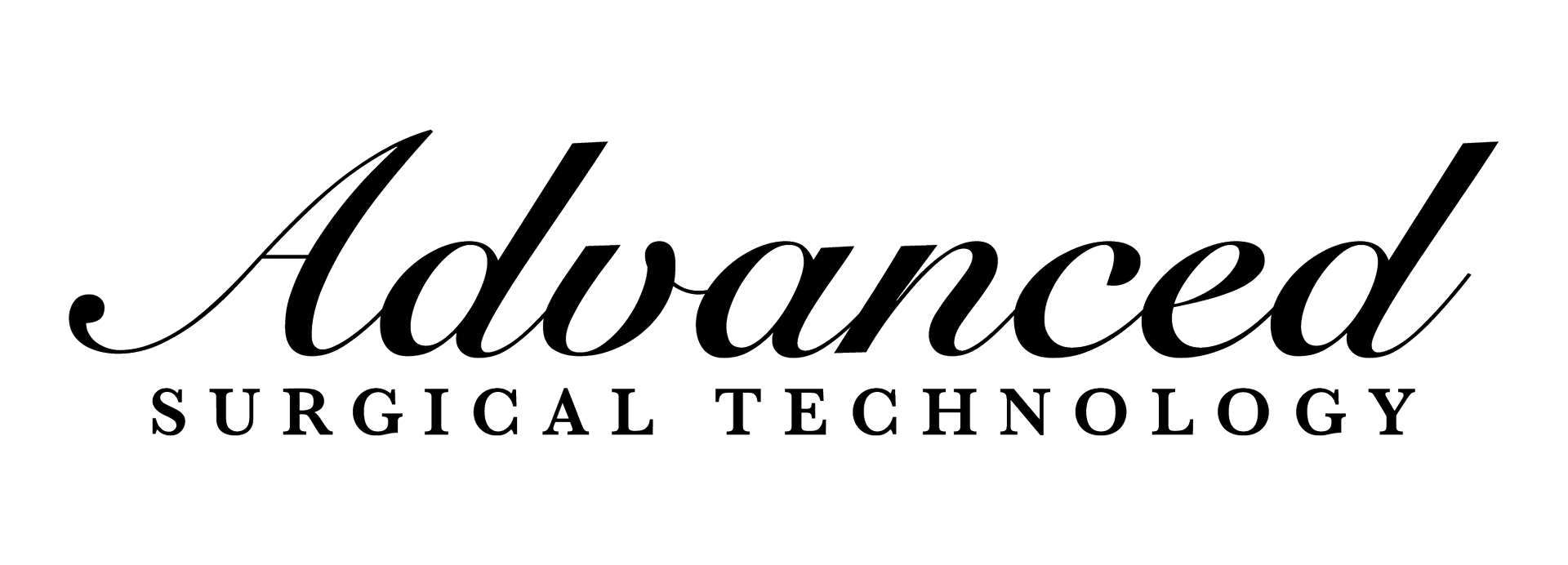Atherosclerosis is a common condition affecting your arteries. Diseases associated with atherosclerosis are the leading cause of death in the United States. Additionally, nearly half of Americans between ages 45 and 84 are unaware that they have atherosclerosis.
Thought to be a heart problem, atherosclerosis can affect arteries anywhere in the body. Advanced Surgical Technology can treat the condition, and healthy lifestyle habits can help prevent the vascular disease from presenting or progressing.




